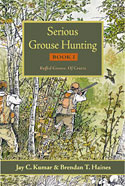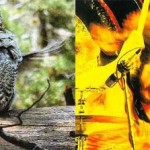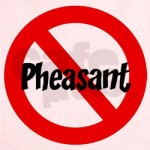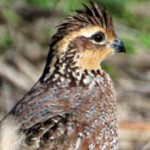NV 2010 Chukar Forecast: Good + Details
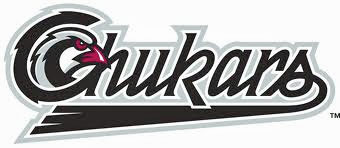 The following is excerpted from this Nevada PDF, which is only worth reading if you want to know more about chukar surveys and counts. The bottom line is that chukar hunting looks good in NV this season.
The following is excerpted from this Nevada PDF, which is only worth reading if you want to know more about chukar surveys and counts. The bottom line is that chukar hunting looks good in NV this season.
Buried in the document is this info: “The 2010-11 chukar hunting season is expected to be good for most of Nevada with some areas providing excellent hunting. This season should be better than the last two and will provide sportsmen with ample numbers of young birds in many areas.”
More:
> 2009 production was much improved over the previous two years, allowing base populations to partially recover from lows experienced in 2007.
> Conditions during the late fall and early winter were generally favorable for overwinter survival of chukar, with decent “green-up†available and mild conditions. However, the late winter and spring of 2009-2010 provided some rather abnormal conditions in terms of moisture patterns, temperatures and wind events. For the most part, northern Nevada saw winter-like conditions persist into early June. These conditions likely took a toll on early nesters, as well as hatchlings.
> However, the much needed moisture received during April and May (117-127% of average for both months in the lower Humboldt River Basin and Northern Great Basin) benefitted later nesters and provided necessary resources to re-nest. This has allowed chukar to achieve average production (4-5 chicks/adult), with many areas showing above-average production.
> Ground and aerial surveys confirm that production is mixed, even within the same mountain range. Some canyons will present coveys with average to above average production while others in the same mountain range may have several adults with very few young birds.
> The effects of these fires (1999-2007 that burned roughly 6 million acres) still linger and should not be taken lightly by chukar hunters. Some areas are recovering from these fires, especially at elevations above 6,000 ft, while others at lower elevation may be fixed in a vegetative state [meaning weeds that] will only be seasonally useful to chukar. Without mature shrubs as a component on the landscape, chukar will not have ample cover to avoid predation and winter elements.
> In northwestern Nevada, look for better hunting in the Santa Rosa Range, especially during the latter portion of the season when snow moves birds to lower elevations.
> Conversely, hunters shouldn’t focus too much attention on the Jackson Mountains as this is the third consecutive year of below-average bird numbers.
> Hunting in the Double H Range should be similar to last season. However, the composition of birds in this year’s survey did not appear to include a good contingent of young birds, which makes pursuing the birds difficult, especially within the huge rim-rocks located in this particular range.
> The Pine Forest Range may be the most popular chukar hunting area in the United States. Consider this when planning a trip out to this region. Chukar numbers here are down from last year and the aerial surveys, coupled with ground counts, showed mostly
average production.
> Lander and western Elko County should be much better this season, with larger coveys especially in the Argenta Rim and Rock Creek areas.
> Portions of Washoe County continue to harbor above average bird numbers. However, as the season progresses and birds move away from water sources, hunting here will likely be similar to last season.
> Pershing County should provide average hunting opportunity with covey sizes similar to last season.
> In central Nevada – including Churchill, southern Lander and northern Nye Counties – hunters can expect some good hunting in “out of the way†places.
> In southern Nevada, the outlook is not as promising as precipitation all but ceased in March of 2010 in Clark County. Some better hunting is expected in portions of Lincoln County.
Below are the limits, taken from this PDF on upland regs.
Category: 2010, Chukar, Forecasts/counts, NV






